Google Pixel 7 vs Apple iPhone 14 Plus: camera comparison

The Google Pixel phones are known for their excellent computational photography chops. In India, Google had taken a three-year hiatus from launching its flagship smartphones, but now the company has returned to the market with its Pixel 7 series. While the lineup has a regular and a Pro variant, the former comes across as better value for money if camera capabilities are what you’re interested in. The 50MP primary camera on the regular Pixel 7 (review) uses Samsung’s sensor as does the 12MP ultra-wide camera.
The iPhone 14 is a worthy competitor to the Pixel 7 as it also packs in a dual-camera setup at the back. Apple has also upped its game as far as computational photography is concerned and it would be interesting to see how both phones fare against each other. I recently took a trip to Uttrakhand and Himachal and it seemed like the perfect opportunity to test the camera capabilities of each device. Full disclosure, I have the iPhone 14 Plus (review) with me, which has the same camera setup as the iPhone 14 and I’ll be referring to the two phones interchangeably. So here is the full camera comparison between the two.
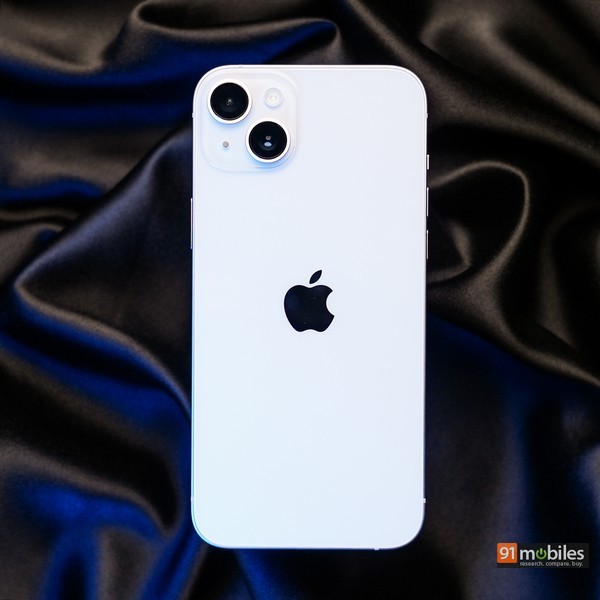
Daylight landscape

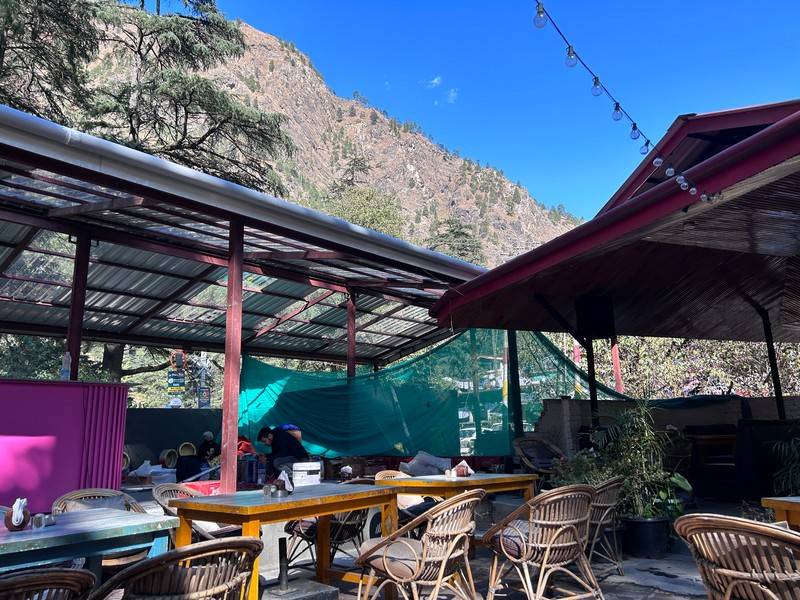
I have kept the settings on both devices as default as possible for a regular point-and-shoot experience. This means that HDR is set at auto, exposure is not manually adjusted and the focus is left up to the camera to decide. Also, I have set the shooting profile on the iPhone 14 / 14 Plus as Standard for better parity between the two phones. The results are quite different on both devices and in my opinion, it comes down to individual preferences. The Pixel 7 brings in slightly more pumped-up colours across the frame while the iPhone 14 keeps it more natural. The detailing on the mountains behind, the chairs in the front, and the entire scene, in general, is top-notch from both devices. Dynamic range is on point with the exposure levels metered and focus equally on all objects in the scene.


In this second shot of the mountain landscape, the sunlight is just about illuminating the valley and I have to say that clearly the Pixel 7 has done a much better job of the photo. The iPhone 14 does not manage to expose the valley below and instead focuses on the mountains on the top. The diffused golden-hour sunlight illuminates the snowy peaks better on the iPhone 14 Plus as compared to the Pixel 7. In comparison, the Pixel 7 does a stellar job of exposing the entire valley and the details of the forest below.


For this shot, I clicked the fresh snowfall on the mountainside to see which phone can replicate it better. There was no sunlight and the weather was highly overcast, creating a challenging shooting scenario. The photos were again different in terms of colour reproduction. I felt that the iPhone 14 was more accurate in depicting the snowy valley and capturing the mist on the top mountain. The Pixel 7 had a warmer look to it and the dynamic range wasn’t as impressive. However, both devices outputted excellent details and exposure handling, given the lack of sunlight.
It is a bit difficult to adjudge a winner in this scenario as both phones are doing a stellar job in their respective computational photography department. However, I do like the slightly punchy colours on the Pixel 7 and how well it captures details of the valley in the second shot. This one is close but I have to give the winner tag to the Pixel 7.
Winner: Pixel 7
Ultra-wide shot


Looking at the ultra-wide shot, the Pixel 7 does have some amount of warping around the edges while the iPhone 14 compensates for it perfectly. Apart from that, you can also see that, like the primary sensor, the ultra-wide also has an affinity for punchier colours. There’s also some amount of extra detailing in the shadows on the shrubs which the iPhone camera does not bring out. However, as an overall photo, I do like how the iPhone 14 does a better job with the colours on the trees and the sky.


In this landscape ultra-wide shot as well you can see that the Pixel 7 has more details across the valley thanks to a better exposure level. The iPhone 14 has a slightly wider shot in comparison with colours that exemplify the entire scene while on the Pixel 7, there is a more contrasty look. It would be hard to put out a winner in this shot so this round is a tie.
Winner: Tie
Portrait shot

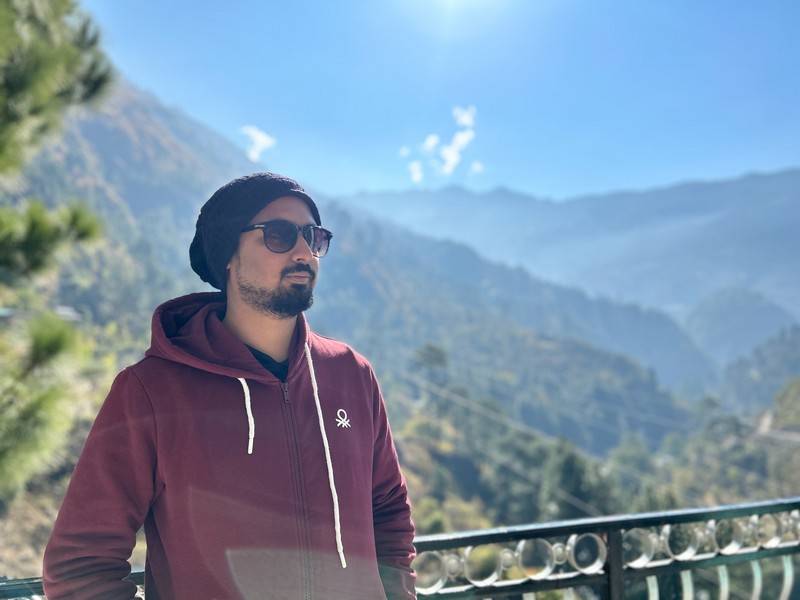
In terms of bokeh shots, both phones do a very good job of background separation and edge detection around the subject. However, the Pixel 7 also included a part of the fence in the photo while the iPhone 14 was able to blur it out. Also I very much like the latter’s softer blur which gives more realism to the shot while the former employs a very strong blur. On the flip side, the Pixel 7’s detailing on my face along with the skin tone is better while the iPhone 14 does use the slightest bit of overprocessing.
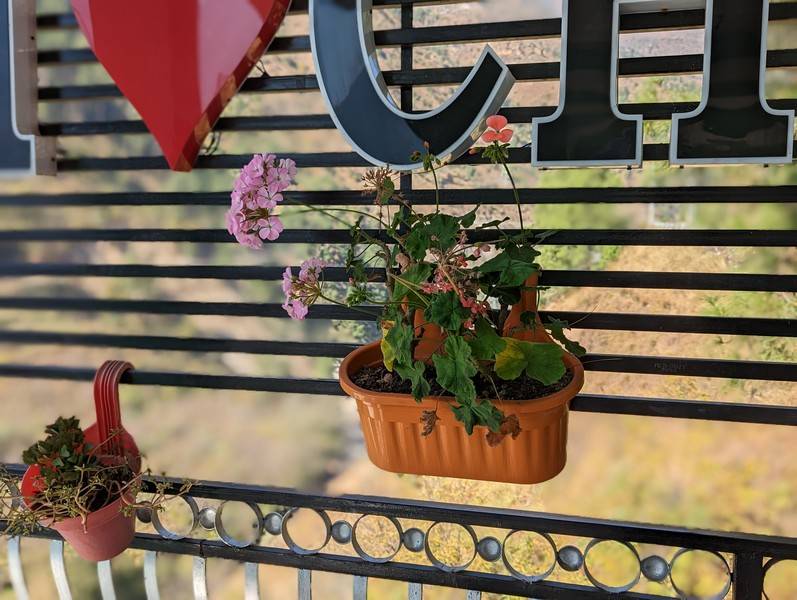

For this second shot, the condition was a bit more challenging as the phones have to navigate through harder edge detection and a bunch of vertical poles behind the plant. The Pixel 7 does a better job with the subject but it doesn’t manage to blur out the poles behind while also capturing a smaller plant on the side. For the iPhone 14, the main subject’s petals are out of focus but it does blur out the poles in the background. It also brings out more realistic colours. In the overall scheme of things, I would definitely give this round to the iPhone 14.
Winner: iPhone 14
Low light shots

At night both phones do an amazing job of detail capturing and exposure management. The iPhone does not have a dedicated Night mode setting as the feature kicks in automatically in areas of low light. However, the Pixel 7 does have a Night Sight feature with a built-in Astrophotography mode which can give the device an edge. In extreme low light, the phones put out slightly different photographs. The Pixel 7 gets better focus on the mountains in the distance while the village below turns out soft. The iPhone 14 does a better job with both conditions while also preserving the correct colours in the scene.


In a situation where there is more light to utilise, the phones are largely inseparable from the kind of shot being outputted. The details captured are immaculate and the absence of lens flare is highly appreciated. Even so, the Pixel 7 brings in colours more accurately. The device also manages to output the whites in the building to the left whereas the iPhone 14 reflects the blue light on the right onto the building.


For this final low-light shot as well you can see that the Pixel 7 has better colours and slightly more detail on the ground. The iPhone 14 slightly sharpens the details on the ground while washing out the colours in favour of a brighter light. Looking at all these scenarios it does seem to me that the Pixel 7 wins the round but only just.
Winner: Pixel 7
Selfies
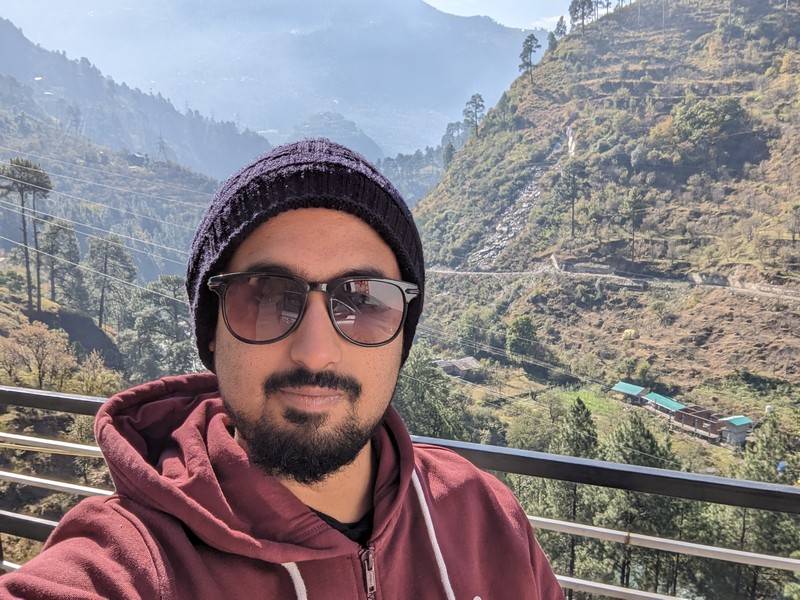
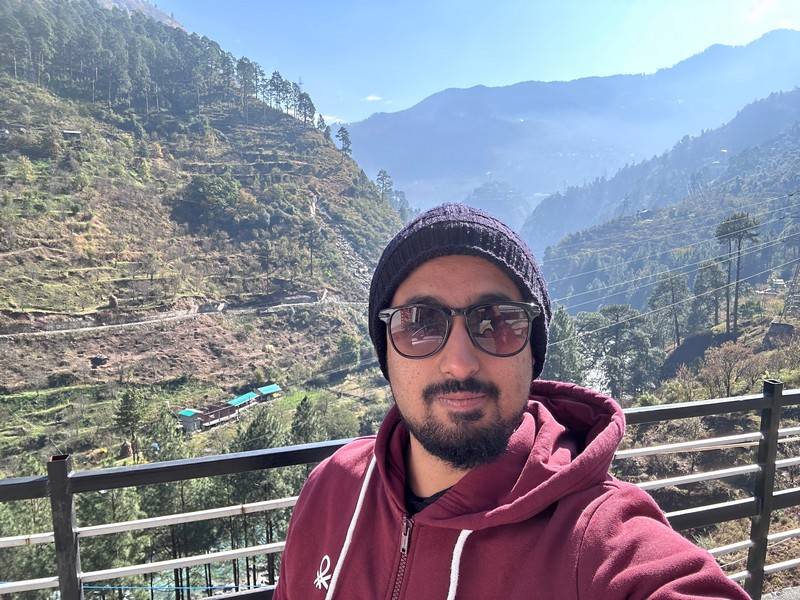
The selfies from both phones are great by default in terms of skin tone and facial detailing. As far as the background is concerned, the iPhone 14 does minutely capture better details but the difference is not worth any extra points. In normal daylight conditions, the selfie cameras on both devices are tied for overall photo quality.
Winner: Tie
Verdict
In sum, the Pixel 7 wins in both categories of importance i.e., daylight and low-light photography. For me, Google has outdone itself in the refinement of the machine learning techniques and AI that come from its custom new Tensor G2 SoC. The device has managed to click photos that are likely to find mass appeal in today’s world of social media sharing. For its part, the iPhone 14 / 14 Plus is not far behind and does win in the portrait mode department, but capturing colours as vividly as the Pixel is not its strong suit. Perhaps users would find it better to use the Rich Contrast or Vibrant mode to better capture colours on the iPhone. However, I’d day that the Pixel 7’s default capturing mode does put it on a higher pedestal than the iPhone 14.
The post Google Pixel 7 vs Apple iPhone 14 Plus: camera comparison first appeared on 91mobiles.com.
https://ift.tt/jmUvRGC
https://ift.tt/vnBxi4G



No comments